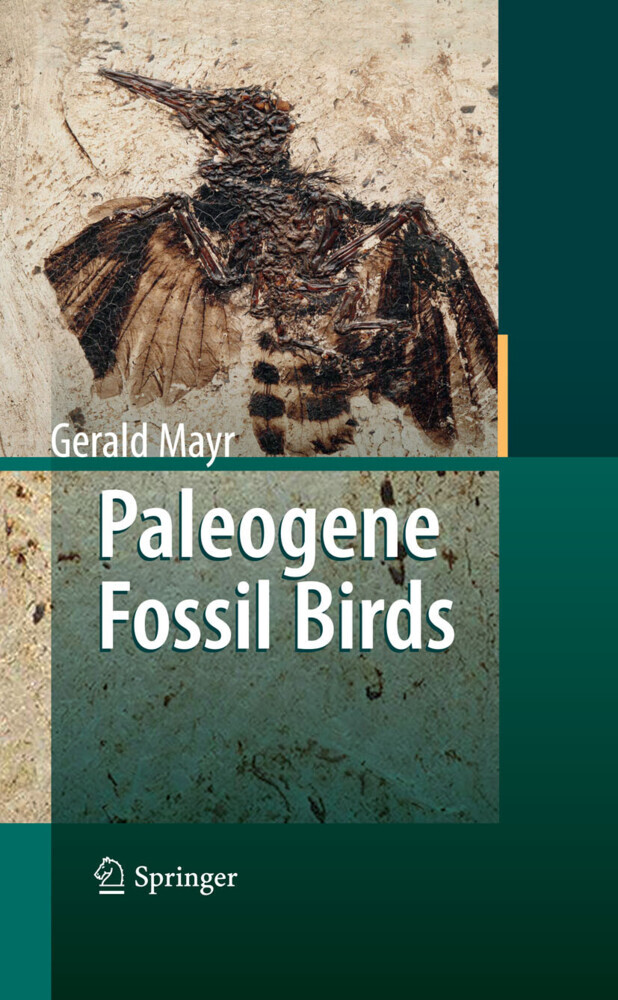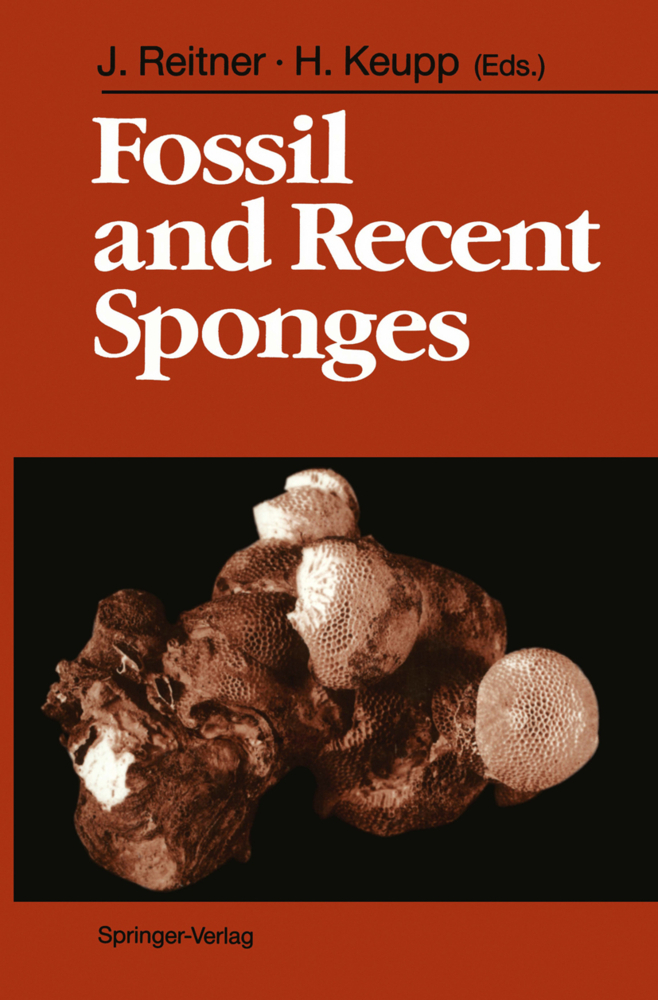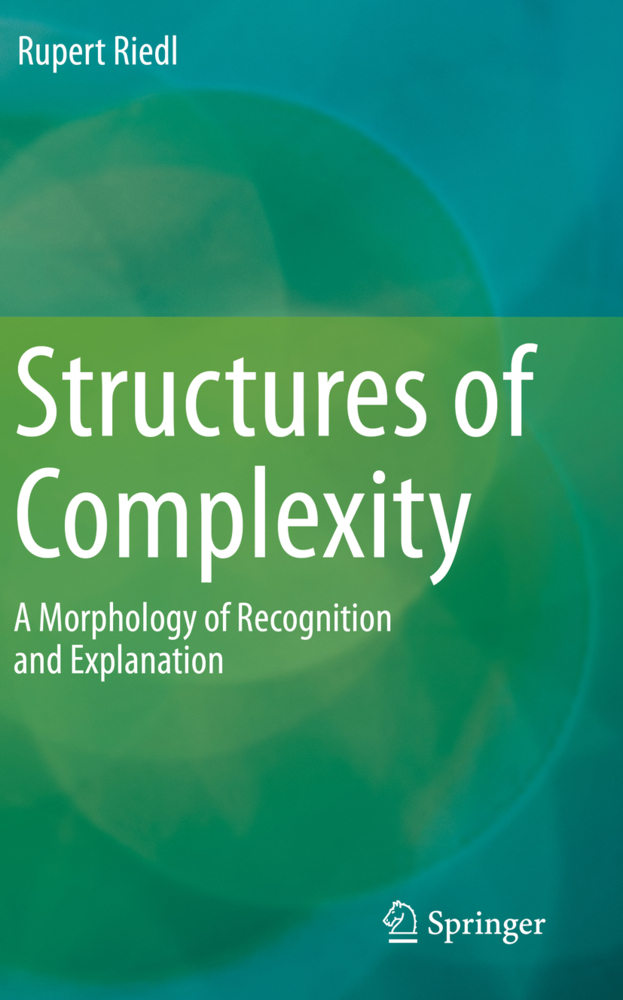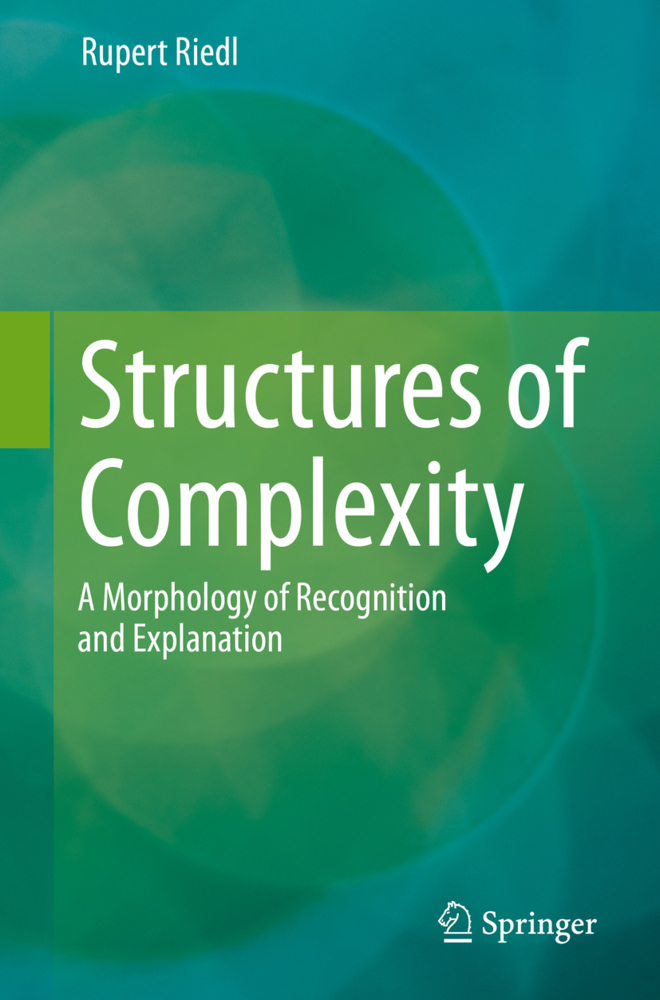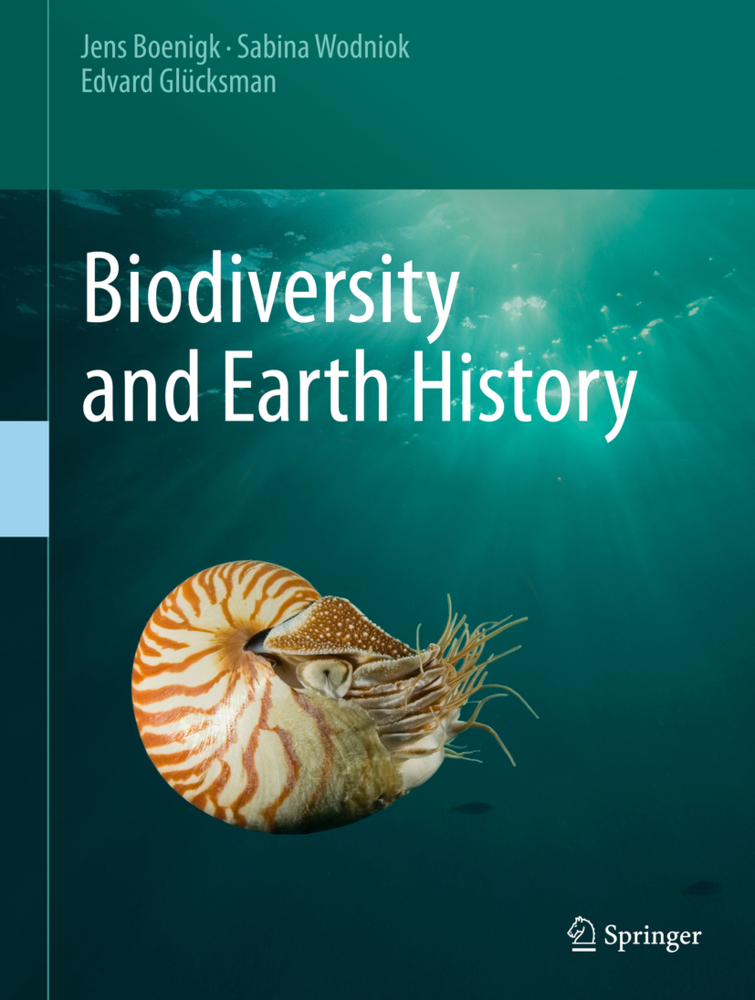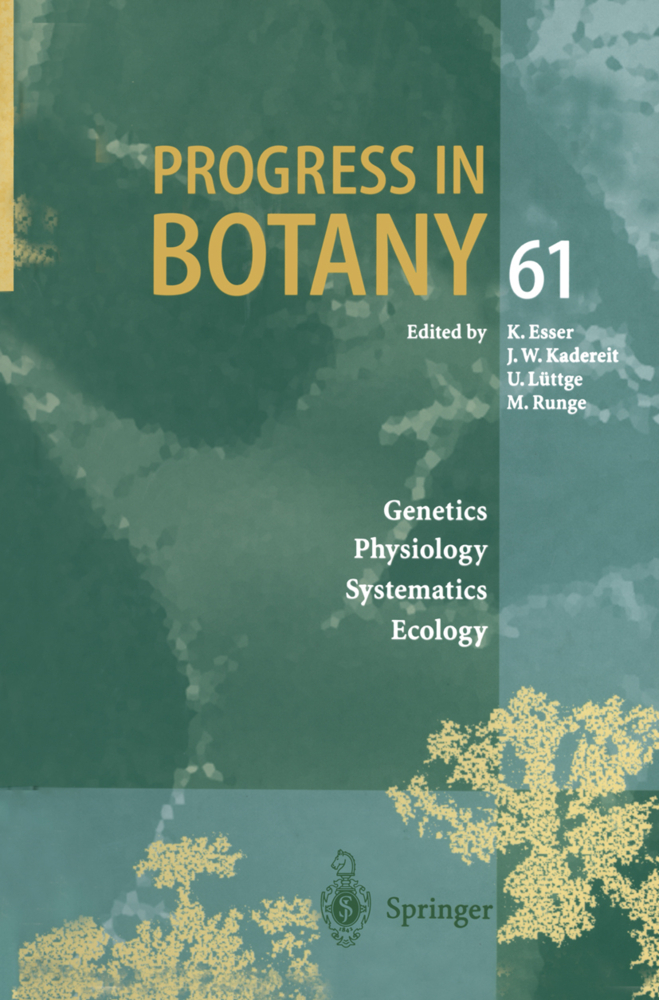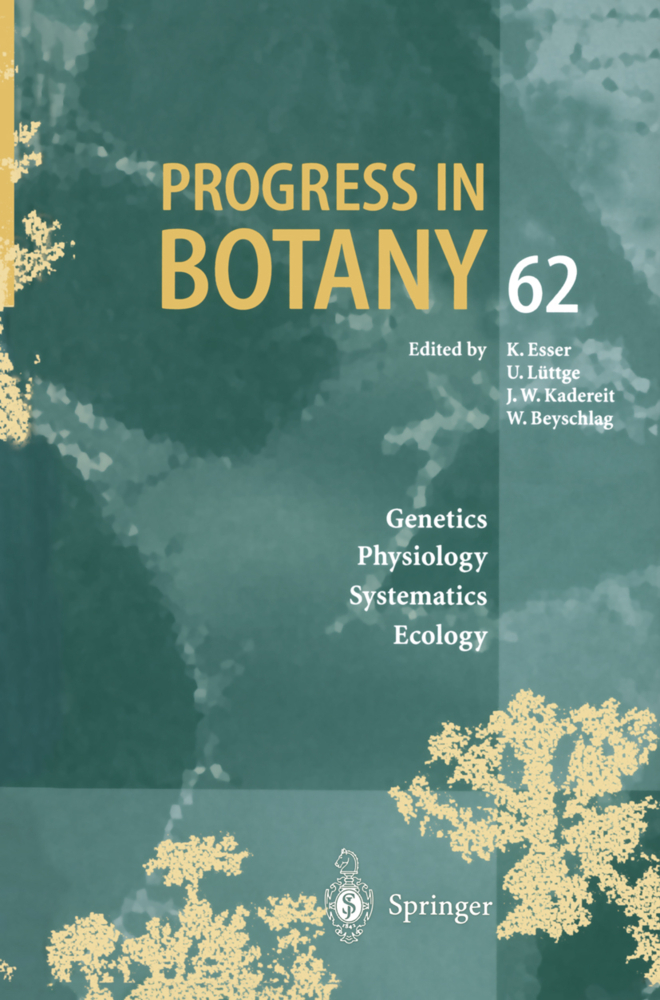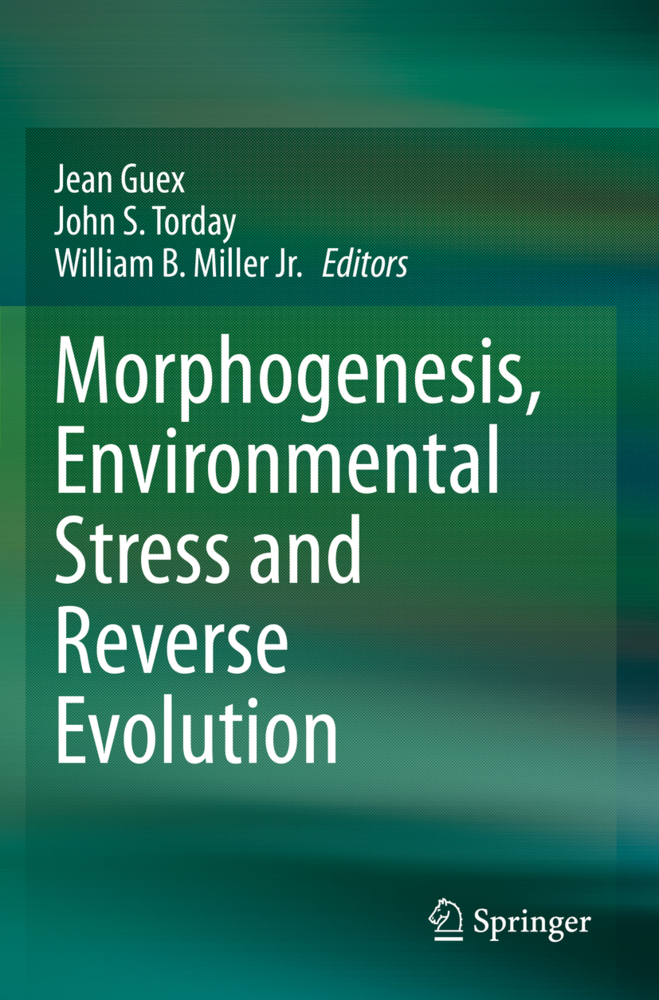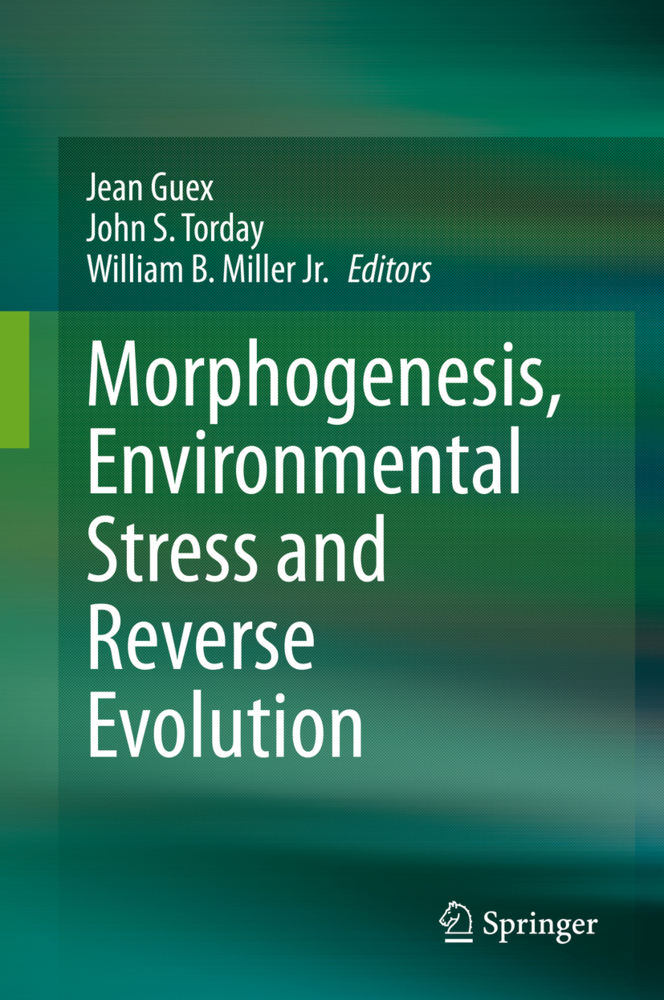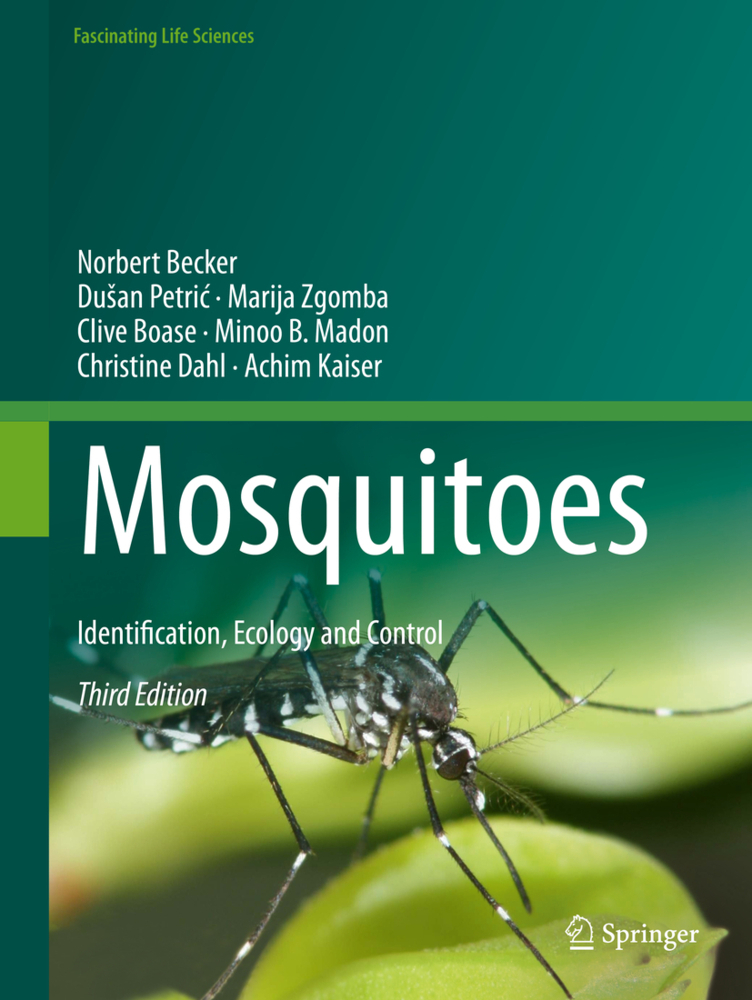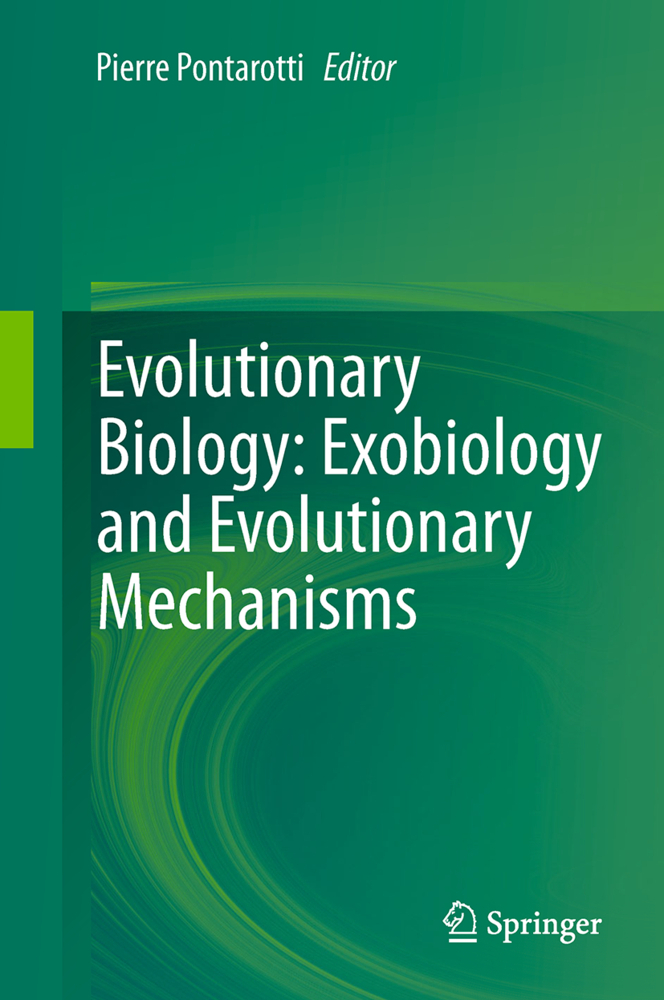The present book is the first detailed review of the Paleogene avian fossil record on a worldwide scale. Numerous well-preserved fossil bird remains from this geological period, which covers the time span from the end of the Mesozoic era to the beginning of the Miocene, have been described in the past two decades. Some of these not only provide information on morphological transformations in the evolutionary history of the extant avian taxa, but are also of great significance for an understanding of their historical biogeography. Others represent extinct taxa which sometimes show a bizarre morphology not found in modern birds, such as the giant pseudo-toothed birds which reached wingspans up to six meters.
1;Preface;5 2;Acknowledgements;6 3;Contents;7 4;Chapter 1 Introduction;12 5;Chapter 2 Stratigraphy and Major Fossil Localities;15 5.1;2.1 Europe;15 5.2;2.2 Asia;17 5.3;2.3 North America;18 5.4;2.4 Central and South America;19 5.5;2.5 Africa;20 5.6;2.6 Australia, New Zealand, and Antarctica;20 6;Chapter 3 Higher-Level Phylogeny of Extant Birds;22 7;Chapter 4 Mesozoic Neornithes;28 8;Chapter 5 Palaeognathous Birds;33 8.1;5.1 _Lithornithidae;34 8.2;5.2 _Palaeotididae, _Remiornithidae, and _Eleutherornithidae;36 8.3;5.3 _Eremopezidae;39 8.4;5.4 Rheidae (Rheas);40 8.5;5.5 Casuariidae (Emus and Cassowaries);41 8.6;5.6 Putative Ratite from the Eocene of Antarctica;41 9;Chapter 6 Galloanseres;42 9.1;6.1 Galliformes (Landfowl);42 9.2;6.2 _Gastornithidae;51 9.3;6.3 _Dromornithidae;54 9.4;6.4 Anseriformes (Waterfowl);55 9.5;6.5 _Pelagornithidae (Bony-Toothed Birds);62 10;Chapter 7 Aquatic and Semiaquatic Taxa;67 10.1;7.1 Fregatidae (Frigatebirds) and Suloidea (Gannets, Boobies, Cormorants, and Anhingas);67 10.2;7.2 _Plotopteridae;73 10.3;7.3 Sphenisciformes (Penguins);76 10.4;7.4 Gaviiformes (Loons);81 10.5;7.5 Procellariiformes (Tubenoses);82 10.6;7.6 Scopidae (Hamerkop), Balaenicipitidae (Shoebill), and Pelecanidae (Pelicans);86 10.7;7.7 Ardeidae (Herons);86 10.8;7.8 _Xenerodiopidae;87 10.9;7.9 Threskiornithidae (Ibises);87 10.10;7.10 Ciconiidae (Storks);90 10.11;7.11 _Prophaethontidae and Phaethontidae (Tropicbirds);90 11;Chapter 8 Charadriiformes (Shorebirds and Allies);93 11.1;8.1 Lari (Gulls, Auks, and Allies);94 11.2;8.2 Charadrii (Plovers and Allies);95 11.3;8.3 Scolopaci (Sandpipers and Allies);96 12;Chapter 9 "Core-Gruiformes" (Rails, Cranes, and Allies);98 12.1;9.1 _Messelornithidae and _Walbeckornis;98 12.2;9.2 Ralloidea (Finfoots and Rails);101 12.3;9.3 Gruoidea (Trumpeters, Limpkins, and Cranes);104 13;Chapter 10 Phoenicopteriformes (Flamingos) and Podicipediformes (Grebes);109 14;Chapter 11 Columbiformes (Doves and Sandgrouse), Cuculiformes (Cuckoos), and Other Neoavian Taxa of Uncertain Affinities;114 14.1;11.1 Columbiformes (Doves and Sandgrouse);114 14.2;11.2 Opisthocomiformes (Hoatzin);115 14.3;11.3 _Foratidae;115 14.4;11.4 Musophagiformes (Turacos);116 14.5;11.5 Cuculiformes (Cuckoos);116 14.6;11.6 _Pumiliornis and _Morsoravis;117 14.7;11.7 _Parvicuculidae;118 14.8;11.8 Otididae (Bustards), Eurypygidae (Sunbittern), Rhynochetidae (Kagu), and Mesitornithidae (Mesites);119 15;Chapter 12 "Caprimulgiformes" and Apodiformes (Nightjars and Allies, Swifts, and Hummingbirds);121 15.1;12.1 _Fluvioviridavidae;121 15.2;12.2 Steatornithidae (Oilbirds);126 15.3;12.3 Podargidae (Frogmouths);126 15.4;12.4 _Protocypselomorphus;127 15.5;12.5 _Archaeotrogonidae;128 15.6;12.6 Nyctibiidae (Potoos) and Caprimulgidae (Nightjars);130 15.7;12.7 Aegothelidae (Owlet-Nightjars) and Apodiformes (Swifts and Hummingbirds);131 16;Chapter 13 Cariamae (Seriemas and Allies);141 16.1;13.1 _Phorusrhacidae;141 16.2;13.2 _Idiornithidae and _Elaphrocnemus;144 16.3;13.3 _Bathornithidae;148 16.4;13.4 _Ameghinornithidae;150 16.5;13.5 _Salmilidae;152 16.6;13.6 _Gradiornis;154 17;Chapter 14 "Falconiformes" (Diurnal Birds of Prey);155 17.1;14.1 Falconidae (Falcons);155 17.2;14.2 _Masillaraptor;157 17.3;14.3 _Teratornithidae and Cathartidae (New Word Vultures);158 17.4;14.4 _Horusornithidae;160 17.5;14.5 Sagittariidae (Secretary Birds), Pandionidae (Ospreys), and Accipitridae (Hawks and Allies);160 18;Chapter 15 Strigiformes (Owls);164 18.1;15.1 _Berruornis and _Sophiornithidae;164 18.2;15.2 _Protostrigidae;165 18.3;15.3 _Ogygoptyngidae;166 18.4;15.4 _Necrobyinae, _Palaeoglaucidae, and _Selenornithinae;167 19;Chapter 16 Arboreal Birds;170 19.1;16.1 Leptosomidae (Courols);170 19.2;16.2 Coliiformes (Mousebirds);172 19.3;16.3 Psittaciformes (Parrots);178 19.4;16.4 _Zygodactylidae and Passeriformes (Passerines);185 19.5;16.5 Trogoniformes (Trogons);192 19.6;16.6 Bucerotes (Hornbills, Hoopoes, and Woodhoopoes);192 19.7;16.7 Coraciidae/Brachypteraciidae (Rollers and Gr
Mayr, Gerald
| ISBN | 9783540896289 |
|---|---|
| Artikelnummer | 9783540896289 |
| Medientyp | E-Book - PDF |
| Auflage | 2. Aufl. |
| Copyrightjahr | 2009 |
| Verlag | Springer-Verlag |
| Umfang | 262 Seiten |
| Sprache | Englisch |
| Kopierschutz | Digitales Wasserzeichen |

